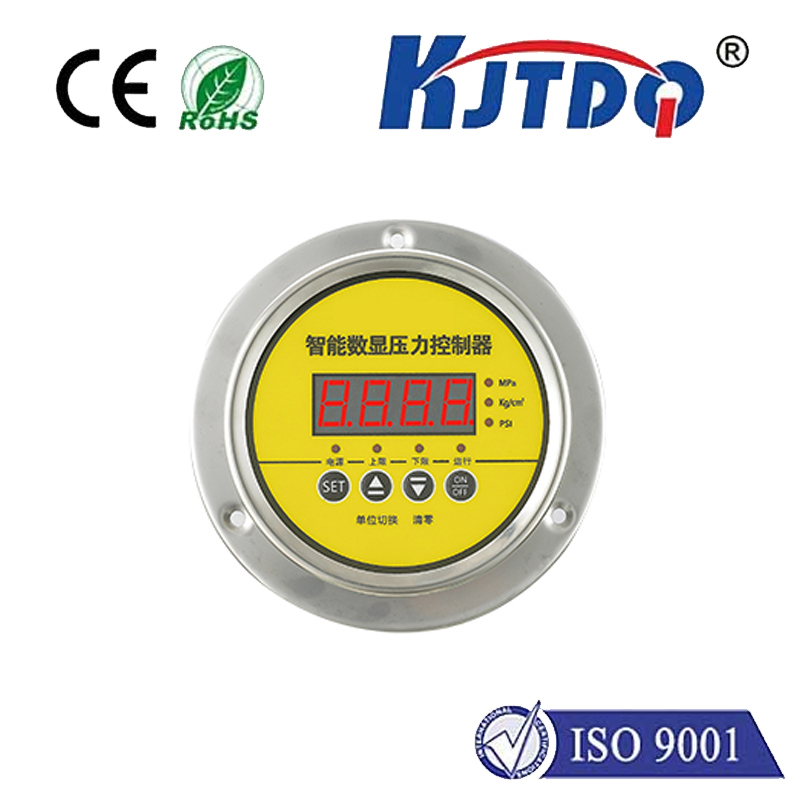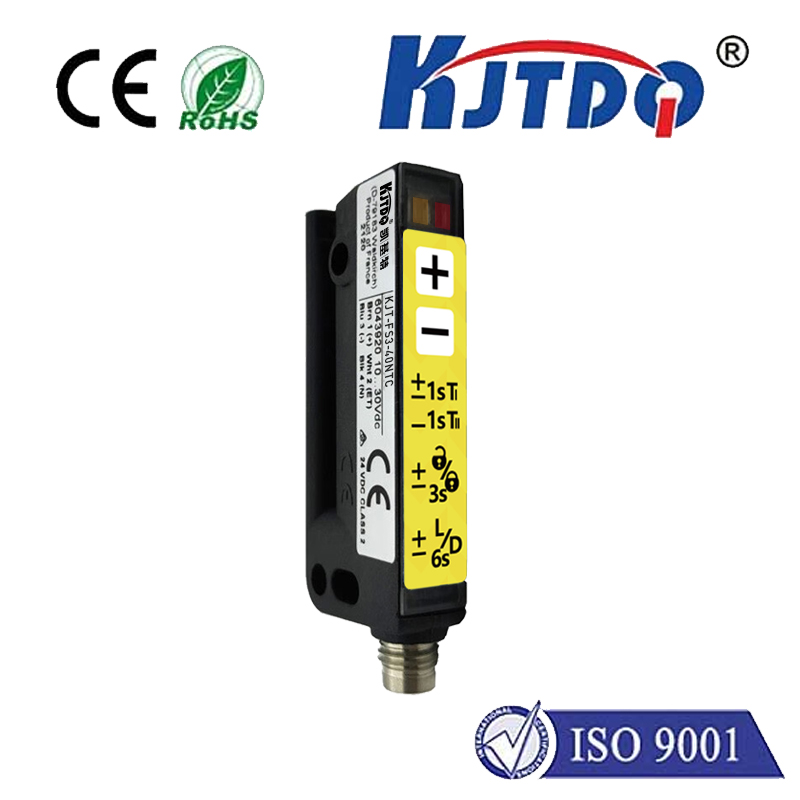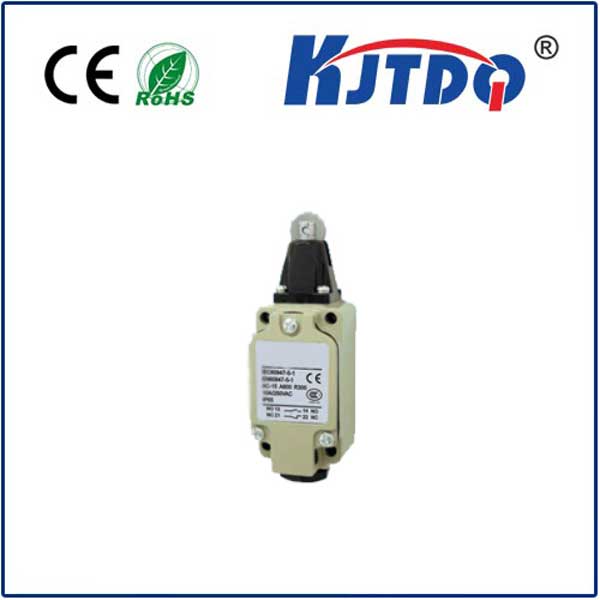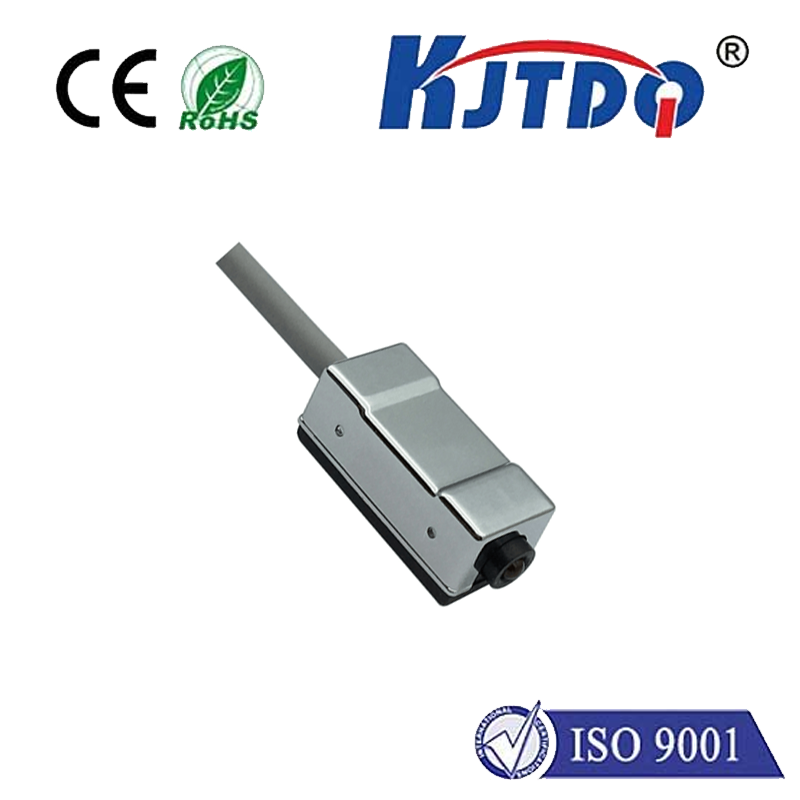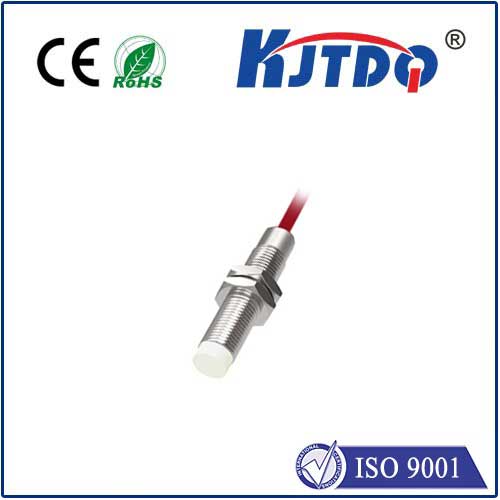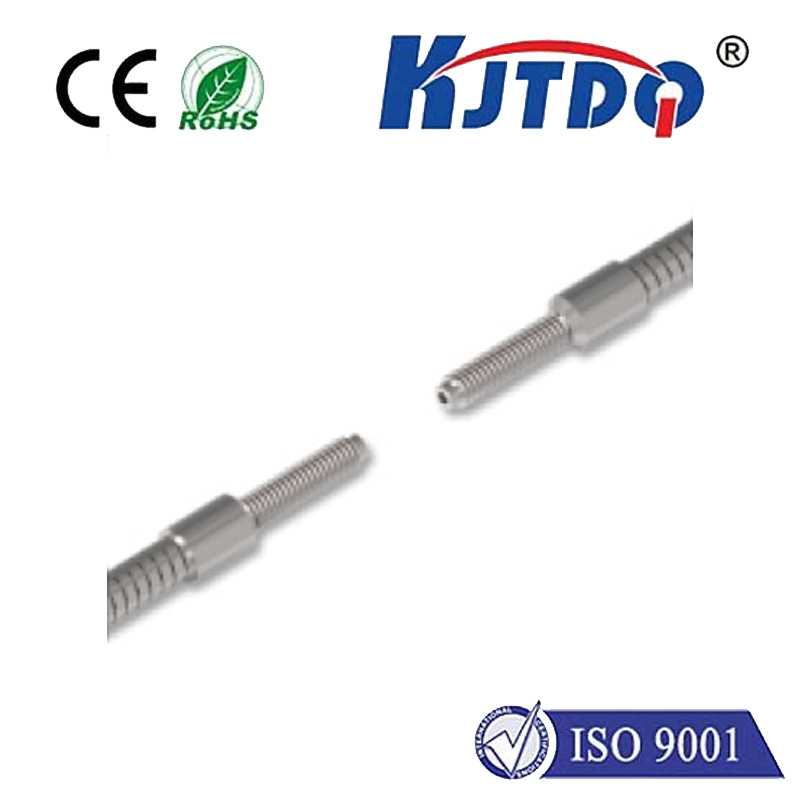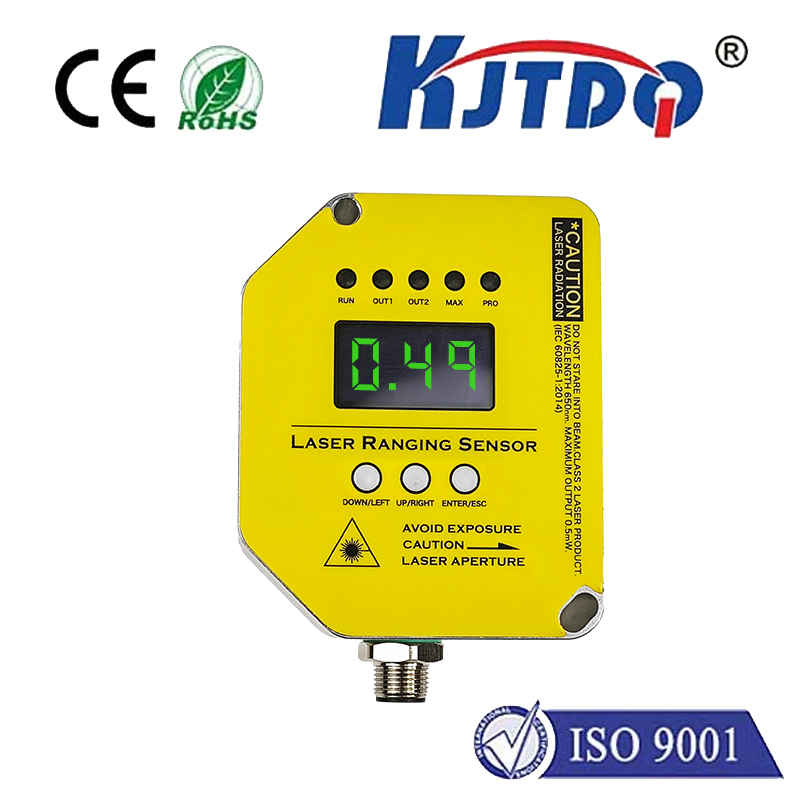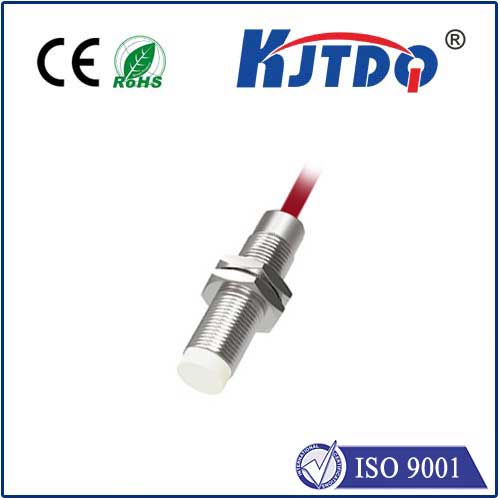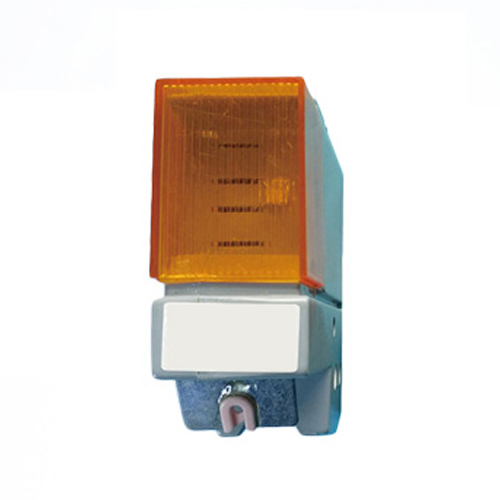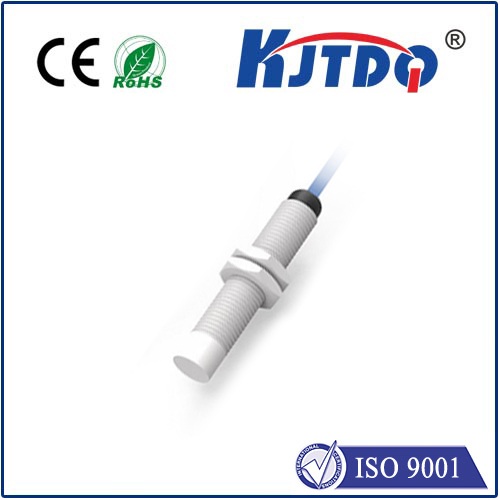

check

check

check

check

check

check

check

check

check

check

Title: The Advantages and Applications of High Temp Inductive Proximity Sensors In the world of automation and sensing technology, high temp inductive proximity sensors have become increasingly popular due to their ability to withstand extreme temperatures while providing accurate measurements. These devices are designed to detect the presence of metal objects without any physical contact, making them ideal for use in harsh environments where other types of sensors may not be suitable. In this article, we will explore the advantages and applications of high temp inductive proximity sensors. One of the main advantages of high temp inductive proximity sensors is their ability to operate reliably at temperatures up to 200°C (392°F). This makes them suitable for use in industries such as automotive, aerospace, and steel production, where high temperatures are commonplace. These sensors are also highly durable and resistant to shock, vibration, and moisture, ensuring that they can withstand the rigors of industrial use. Another advantage of high temp inductive proximity sensors is their versatility. They can be used to detect a wide range of materials, including non-ferrous metals like aluminum and stainless steel. This makes them suitable for use in various applications, such as material handling, packaging, and quality control. Additionally, these sensors can be configured to work in different modes, such as normally open or normally closed, allowing them to be customized to meet the specific needs of each application. High temp inductive proximity sensors are also easy to install and maintain, making them an ideal choice for companies looking to reduce downtime and maintenance costs. They can be mounted on surfaces using screws or adhesive tape, and their compact size allows them to be easily installed in confined spaces. Furthermore, these sensors do not require regular calibration, reducing the need for skilled technicians to perform routine maintenance tasks. In conclusion, high temp inductive proximity sensors offer numerous advantages over traditional sensing technologies, including the ability to operate at high temperatures, durability, versatility, and ease of installation and maintenance. As demand for automation and sensing technologies continues to grow, these sensors are likely to play an increasingly important role in a wide range of industries.
